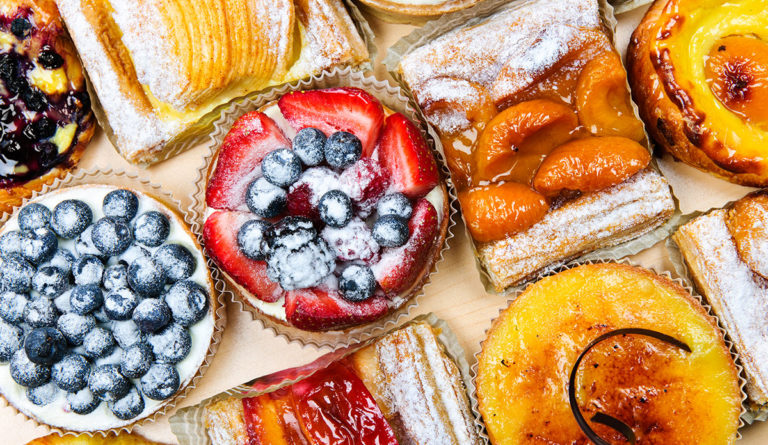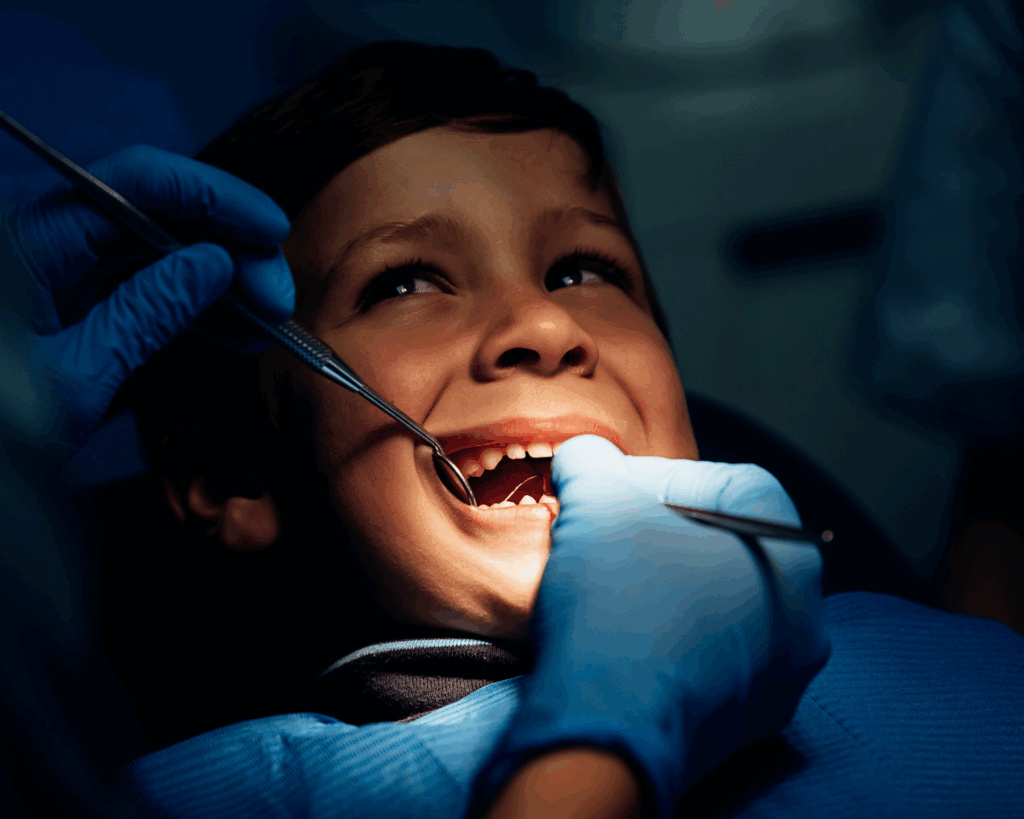Nutritional Analysis of Celebrities’ Food and Beverage Posts on Instagram
Most celebrity food and beverage Instagram posts are nutritionally unhealthy.

Read Time: 4 minutes
Published:
Food porn is here to stay. But it’s not just chefs and foodies posting photos that make us drool. Celebrities have gotten in on the action too. Scrolling through Instagram, you may see one of The Rock’s legendary ‘cheat meals’ – towering stacks of pancakes, ice cream, and pizzas. Tennis star Caroline Wozniacki’s baking obsession dazzles us with photos of Danish goodies. And Drake seems to be popping champagne on a weekly basis. His Instagram handle is @champagnepapi, after all.
Why should we care about the foods and beverages that celebrities post on Instagram? With celebrities like Cristiano Ronaldo commanding over 400 million global followers, a single photo of his happy hour snacks or post-workout meal reaches the screens of far more people than the Super Bowl. That’s a big influence, particularly because celebrities are role models to many young followers. And, unlike Super Bowl commercials, many food and beverage posts by celebrities aren’t advertisements. They depict celebrities eating and drinking in their everyday lives, which followers can actively engage with through liking and commenting. The food and beverages that celebrities depict can signal desirability and promote dietary norms.
Much prior research has focused exclusively on food advertisements and sponsorships, so we designed our study to answer 4 questions. First, how healthy are the foods and beverages posted on Instagram by the most followed athletes, music artists, and TV and movie stars? What proportion of these posts are sponsored posts? Are non-sponsored posts any healthier than sponsored posts? Finally, do followers engage more with unhealthy posts via liking and commenting?
We examined over 5,000 foods and beverages featured in Instagram posts from 181 of the most followed celebrities. For each post, we noted every food and beverage that appeared, and we looked up precise nutritional information for each using federal nutrition databases. We then calculated an overall nutrition score for each food and beverage that appeared using the Nutrient Profile Index (NPI). The NPI, which ranges from 0 (least healthy) to 100 (healthiest), is based on the sugar, sodium, saturated fat, fiber, energy, protein, vegetable and/or fruit content per 100-gram sample of the food or beverage. We used the NPI for its policy relevance – many countries, such as the United Kingdom, use NPI scores to decide if foods and beverages are healthy enough to be marketed to youth.
We found that half of all beverages posted were alcoholic beverages (50.7%), followed by coffee and tea (19.3%), sweetened beverages (13.8%) and water (12.1%). Savory snacks and sweets (37.3%) like baked goods and candies were three times more common than any other food category. Fruit (12.7%) and protein (12.0%) were a distant second.
While not all foods and beverages were unhealthy, the overall NPI nutrition scores for more than 87% of celebrity social media accounts that we examined received a “less healthy” rating. This rating is considered unhealthy enough to be illegal to advertise to youth in countries, such as the United Kingdom, that take a more aggressive approach than the U.S. in regulating unhealthy advertisements to youth.
We were surprised to find that 95% of the food and beverage-containing posts were not sponsored by a food or beverage company. Sponsored beverage posts contain twice as much alcohol per 100 g compared with non-sponsored beverage posts. But sponsored food posts were not less healthy than non-sponsored food posts.
Should celebrities post healthier foods and beverages? Our research team, dietitians, and public health officials would likely say yes. But follower engagement stats say ‘no’. Our results showed that the healthier a post was, the fewer likes and fewer comments it received from followers.
While further research is needed to determine the effects of celebrity food and beverage posts on followers’ health behaviors, we know that social media exposure to alcohol content is associated with alcohol consumption in adolescents and young adults. With 73% of teens in the U.S. using Instagram daily, it is important for future research to understand how celebrity ‘food porn’ primarily depicting unhealthy foods and beverages influences followers’ beliefs and behaviors.
Of course, celebrities may post whatever foods they wish on their personal social media. However, with posts that can instantly reach hundreds of millions of global followers, small changes in what these role models post could move the needle on healthy foods being perceived as more normative, desirable, and valued in our society.
Photo via Getty Images




